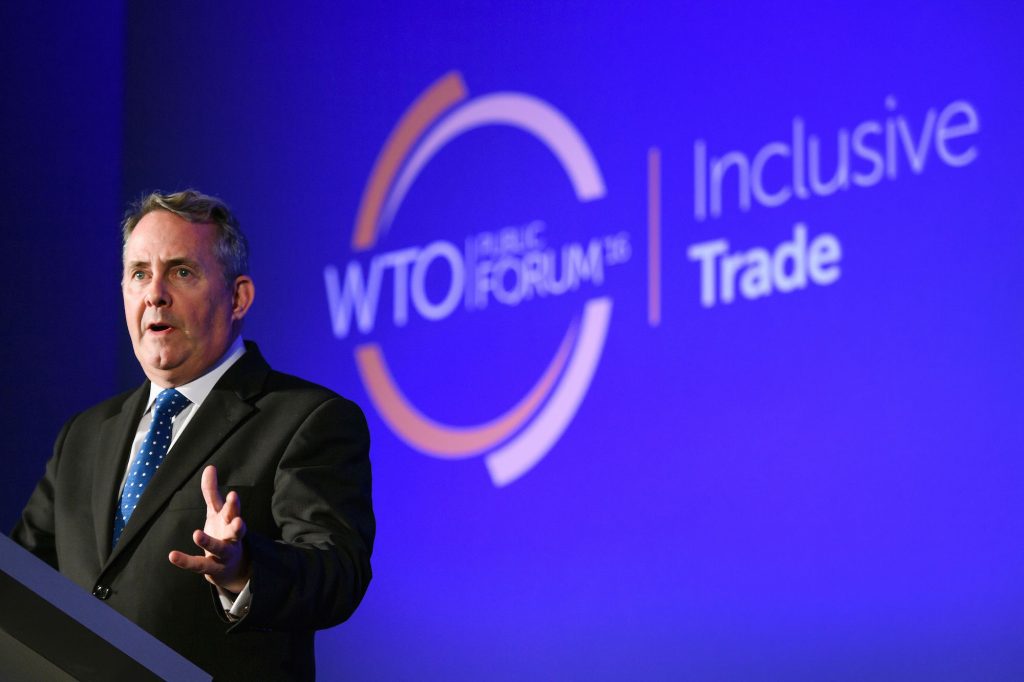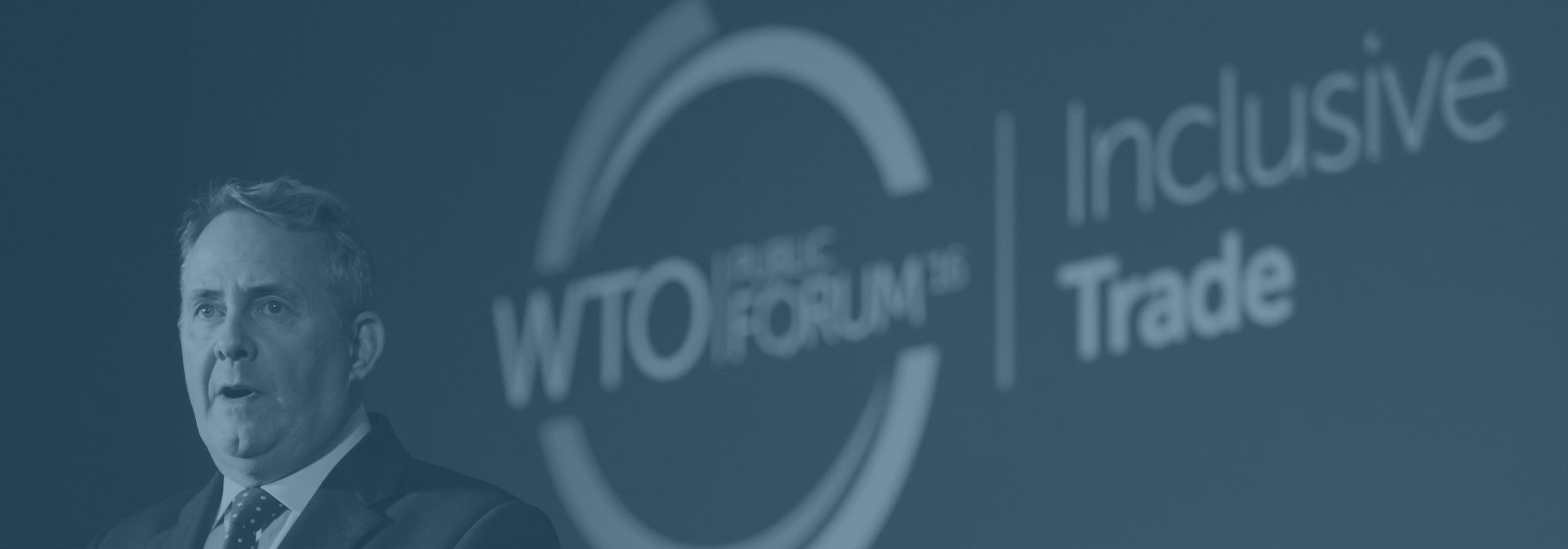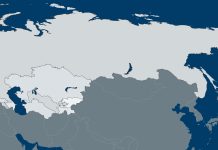By Jacob L. Shapiro
The World Trade Organization (WTO) slashed its trade growth forecasts for 2016 and 2017 on Tuesday. In April, the WTO said world trade would grow at a rate of 2.8 percent in 2016 – now the forecast is 1.7 percent. The WTO’s trade growth forecast for 2017 has been lowered from 3.6 percent to a range of 1.8 to 3.1 percent. The WTO Director-General Roberto Azevêdo described it as a “wake-up call” and called for world leaders to make sure that the dramatic slowing of trade growth “does not translate into misguided policies that could make the situation much worse.”

The WTO ascribes this drop in trade growth to slowing GDP and trade growth in major developing economies like China and Brazil, but also to decreased import growth in North America. The organization notes that while North America had the strongest import growth of any region in the world in 2014-2015, it has been downhill from there. The WTO lowered its 2016 forecast for import growth in North America to 1.9 percent from 4.1 percent. This is a crucial point, because some of the world’s largest and systemically influential economies, like Germany, have been able to shield themselves from reduced demand for their exports by increasing trade with North America, particularly with the United States.
The WTO is not the only one paying close attention to slowing trade growth. On Monday, the International Monetary Fund (IMF) released a study that noted the same slowdown in the volume of trade. According to the IMF, three-quarters of the fall in trade growth is causally related to weak economic growth and subdued investment. But the IMF also specifically identified higher trade costs caused by protectionist policies and issues pertaining to global supply chains as major contributing factors. In other words, the IMF took the opportunity to warn about the dangers of pursuing “misguided policies” – read: protectionism – in an effort to try and combat the overall problem.
The IMF takes for granted that there is a causal relationship between trade growth and economic growth. It hedges slightly by saying that “faster growth typically accompanies greater trade,” as opposed to causes it. Still, if you read the whole report, it becomes clear that the IMF believes growth stimulates trade and trade stimulates more growth, and this helps, in the IMF’s own words, “grease the wheels of international commerce.” The prospects for growth are not good for the next five years, and from the IMF’s perspective, that means trade liberalization must be pursued even more vigorously and successfully than in recent years.
The WTO is slightly more cautious in its approach. It notes that on average, global trade has grown about 1.5 times faster than GDP growth. The WTO’s new projections, however, would mean that for the first time in 15 years, trade growth will actually increase slightly slower than GDP growth. The report cites a number of potential reasons but admits that figuring out exactly why this is happening is beyond its abilities. It concludes that “a better understanding of changing global economic relationships is needed” and that therefore the WTO’s forecast for 2017 must be expressed as a range instead of a precise figure – the first time the WTO has chosen to express its projections that way.
The WTO and the IMF, to varying degrees, both make a basic assumption – that there is a direct correlation between growth in trade and growth in GDP, and furthermore, the way to achieve both is to build an open trading system. That there is a relationship between trade and GDP is clear but no one, including the WTO and IMF, has actually figured out precisely what that relationship is. A 2008 study published by the United States International Trade Commission (USITC) concludes that “all the empirical analysis” confirms that there is some kind of link – but that none of the empirical analysis points to where the causality lies. Does international trade lead to growth? Does growth lead to international trade? Is it more complicated than a simple one-direction relationship between the two? None of these questions have easy answers, though reading WTO and IMF recommendations would make you think they do.
The USITC study also pointed out that for developing countries, whether trade liberalization helps or hurts remains unclear. Some studies suggest that developing countries have benefited greatly from liberalizing trade policies – China seems to be the poster-child for this success. But some developing economies need investment on the domestic level more than they need access to open markets. Without investing in education, stable political institutions and domestic production capacity, trade liberalization might actually harm rather than help such countries. Returning to the example of China, it is not an accident that, while China’s GDP may have risen enough in the last 30 years to qualify as the second largest in the world today, most of that wealth and development has taken place in the coastal areas. Deng Xiaoping opened China up to the world, and many people in China have profited from that opening – but hundreds of millions have not, or at least not enough to make a real difference, and China will have to face that truth eventually.
What is so striking about the WTO and the IMF reports, is the extent to which they seem to be so sure of the answer to the problem. They recognize that the global economy has entered a sluggish phase that will last for at least a few years, and they recognize that the seeds of the current stagnation were sown to an extent through the various trade policies and economic frameworks advanced in recent decades. But they also insist that the answers are self-evident, that all the world’s countries should double down on the policies that brought the world to this place, because not following the advice of the experts on this would lead to certain catastrophe. The WTO says that the benefits of trade liberalization are clear – it just needs to be done better. What “better” means remains unclear.
That is very easy for the WTO to say. Governments – even dictatorships like Russia and China – are answerable first and foremost to their people. The WTO and the IMF are answerable to their spreadsheets. They may very well be correct in the abstract about what the best course of action should be. But both offer little in the way of concrete steps forward. They pay lip service to supporting poorer countries and to making sure that the benefits of economic growth and trade are shared evenly in all economies, but there is very little they probably could ever do to make that a reality. Certainly now, it is too late to be dwelling on how things could have been done better when so many did not profit wildly from the intense period of growth the world saw in recent decades.
What is good for the global economy or what is good for the WTO’s statistics might not be what is best for an individual country, for either economic or political reasons. The WTO warns others about not pursuing misguided policies without looking in the mirror to figure out whether the policies it pushed weren’t also somehow misguided. That’s a surefire way to become irrelevant. Trade growth is down. GDP growth is down. The benefits of trade for many are not clear, and it doesn’t appear they will be clarified in the next few years. That means more protectionism, harsh climates for free trade deals and consolidation of supply chains, in spite of this week’s warnings.









